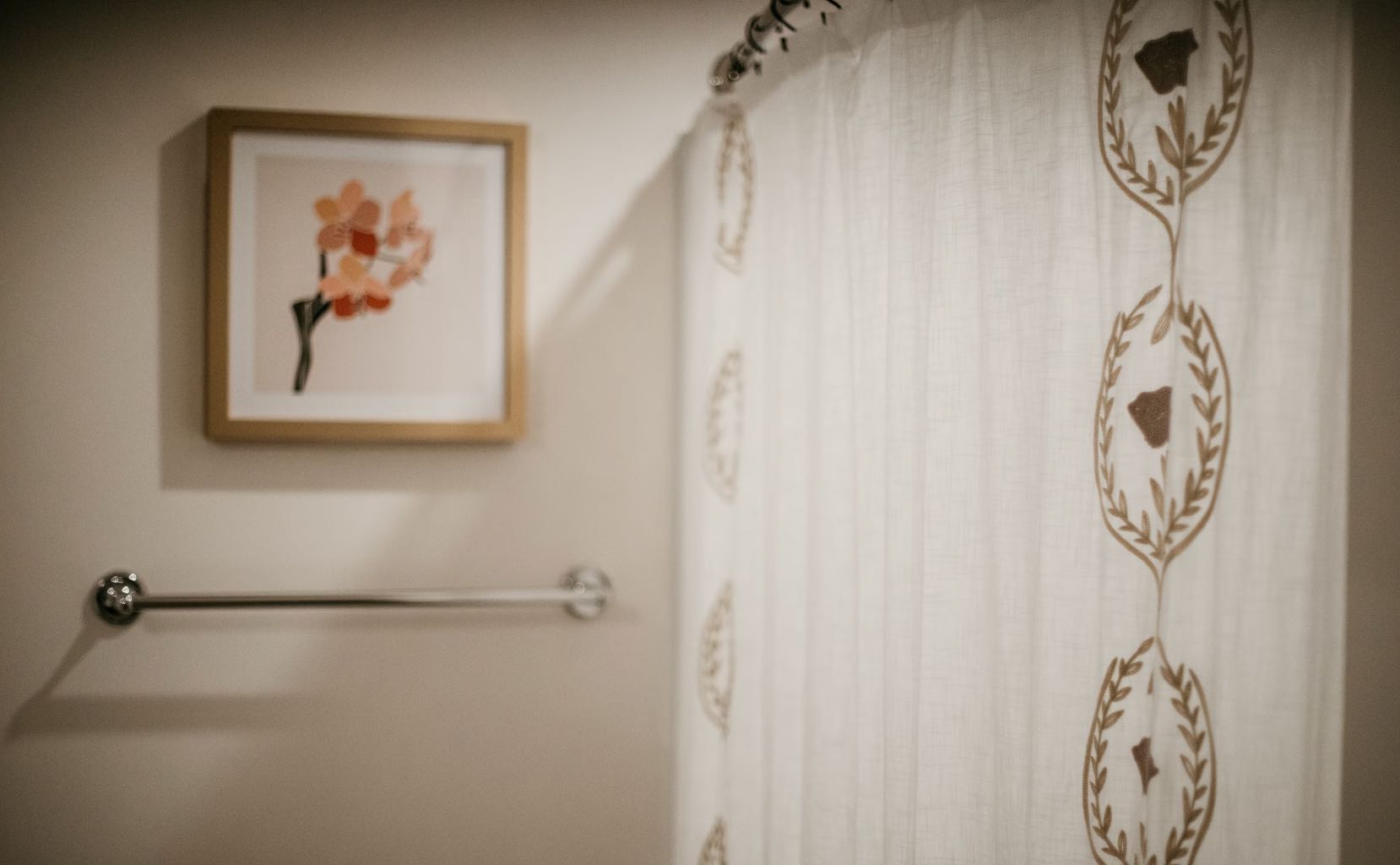
29 Sep Safeguarding the Unseen: Preventing Water Damage in Your Crawl Space
One of the often-neglected areas of a home, the crawl space, is ironically one where water damage can wreak the most havoc. Negligence can lead to severe and costly repairs, and the unnoticed damage can ripple to other parts of your house. This comprehensive guide offers fresh, practical insights on how to prevent water damage in your crawl space, ensuring the foundation of your home remains solid and secure.
Understanding the Risks:
1. Moisture Accumulation:
Water tends to accumulate in crawl spaces due to their low-lying nature, and the effects can be damaging over time, leading to mold, mildew, and structural damage.
2. Drainage Issues:
Improper drainage can exacerbate water accumulation in your crawl space, contributing to more extensive damage.
Innovative Prevention Strategies:
3. Invest in a Vapor Barrier:
One of the most effective ways to prevent moisture is by installing a vapor barrier. This plastic or foil sheet will help to prevent moisture from the ground from evaporating into your crawl space.
4. Seal Off Vents and Openings:
Often crawl spaces have vents to the outside. Make sure to seal off these vents and other openings, especially during wet seasons, to prevent moisture from entering.
5. Elevate Your Crawl Space:
Consider elevating the floor of your crawl space. This change can prevent water from pooling, protecting your home from potential water damage.
6. Integrate Smart Sensors:
Install smart water or moisture sensors in your crawl space. These devices will alert you immediately if moisture levels rise, allowing you to address issues promptly.
7. Opt for Professional Inspections:
Regular professional inspections can help identify and resolve potential issues before they escalate, ensuring your crawl space remains dry and damage-free.
Exploring Additional Measures:
8. Install a Sump Pump:
If water accumulation is a consistent problem, a sump pump can help by automatically expelling water that accumulates in the crawl space.
9. Ensure Proper Landscaping:
Ensure your home’s landscaping directs water away from the foundation. Sloping the ground away from your home can prevent water from pooling around the foundation and seeping into the crawl space.
10. Insulate Crawl Space Pipes:
Insulate the pipes in your crawl space to prevent them from freezing and bursting, a common cause of water damage in colder climates.
Conclusion:
Proactively safeguarding your crawl space from water damage is an investment in the long-term integrity and value of your home. By integrating innovative solutions such as smart sensors and vapor barriers, and ensuring regular professional inspections and appropriate preventive measures, you can ensure a dry, secure crawl space. This attentiveness not only protects the structural integrity of your home but also enhances your living environment, shielding you from the potential health hazards associated with moisture and mold. Secure your peace of mind by taking action today to protect your home’s foundation, ensuring it stands robust and resilient for the years to come.
